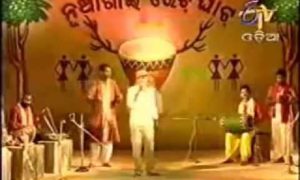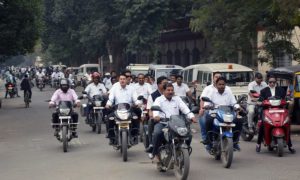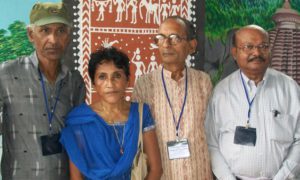Sambalpuri Saree is a traditional handwoven Ikkat sari or saree (locally called shadhi) wherein the warp and the weft are tie-dyed before weaving, produced in the Bargarh, Sonepur, Sambalpur and nearby districts of Odisha. Saree being a traditional female garment in the Indian Subcontinent.[1], a strip of unstitched cloth, ranging from four to nine metres in length that is draped over the body in various styles.
Sambalpuri sarees are known for their traditional motifs, like shankha (shell), chakra (wheel), phula (flower) with deep symbolism, but the highpoint of these sarees is traditional craftsmanship of the ‘Bandhakala’, the Tie-dye art reflected in their intricate weaves, also known as Sambalpuri “Ikkat”. In this technique, the threads are first tie-dyed and later woven into a fabric, with entire process taking many weeks. These sarees first became popular outside the state, when later Prime Minister, Indira Gandhi started wearing them, soon in the eighties and nineties, they became a popular across India [2]. To provide protection to the weavers practicing this art, the handloom silk sarees manufactured in Sambalpur and Berhampur (Berhampur Pattu) in Orissa would soon be included in the Government of India’s Geographical Indications (GI) registry.










